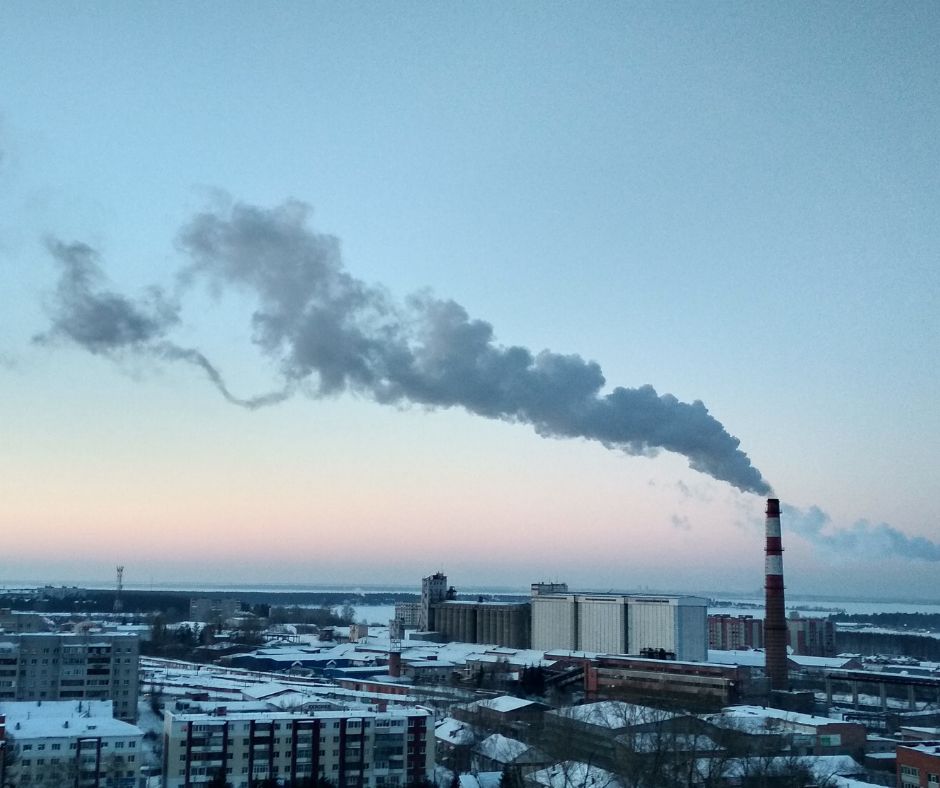Oil and gas companies are proposing the widespread use of carbon capture to deal with their increasing greenhouse gas emissions. (Learn more about carbon capture – and why it isn’t a climate solution – here.)
This involves capturing carbon dioxide (CO2) from an industrial site, compressing it, transporting it through pipelines and then storing it underground. Each step along the way has environmental impacts and raises a host of health, safety and financial concerns for communities. Yet little information is being shared with impacted Indigenous communities and other frontline communities about the types of risks these projects introduce.
Canada’s biggest carbon capture project is being proposed by the Pathways Alliance, a coalition of the largest tarsands companies.
The Pathways Alliance’s Project
The Pathways Alliance is proposing a massive carbon capture and storage network in northeast Alberta – one of the largest carbon capture projects in the world!
The project comprises:-
- installing carbon capture at 13 – 20 oil sands facilities
- over 600 kilometers of pipeline
- a storage hub twice the size of Calgary

The pipeline and storage portion of the project has an estimated $16 – $24 billion price tag. The companies are looking to secure taxpayer handouts to cover at least three-quarters of the cost.
Carbon capture projects are dangerous for communities.
Each step along the way poses risks, including installing carbon capture at oil refineries and other industrial sites, carbon pipelines (which can leak or rupture) and underground carbon storage sites. For example, in the United States, there have been nearly 100 leaks or ruptures on existing carbon pipelines since 2010. Numerous counties have passed temporary moratoriums on carbon pipelines given the health and safety risks. Earlier this year, the first ever commercial carbon storage site in the United States was found to be leaking.
- Carbon dioxide is an asphyxiant. At high concentrations, it can cause rapid loss of consciousness and can be lethal for humans and wildlife. A large, sudden influx of CO₂, such as a pipeline leak, can be catastrophic for the people who live nearby. Since CO2 is colourless and odourless, leaks from pipelines or storage sites are hard to observe and avoid. When a CO2 pipeline ruptured in Mississippi in 2020 – releasing 41,000 barrels of CO₂ with enough force to create a 40-foot crater – 300 people were evacuated and 45 people had to be hospitalized. Local responders were not prepared for a CO2 leak.
- CO2 acidifies water, posing a risk to watersheds. An increase in CO2 in underground aquifers may leach lead and arsenic contained in rocks, creating an environmental hazard if drinking water sources are affected. Australia banned carbon storage in the largest groundwater basin to avoid irreversible harm.
- Carbon capture requires large amounts of freshwater. Equipping facilities with carbon capture can increase water use by up to 200 per cent.
- Carbon capture aggravates air pollution. Industrial sites with carbon capture will have increased emissions of air and water pollutants, such as fine particulate matter.
- The long-term financial liabilities associated with CO2 storage are likely to be transferred to the public. These projects have long-term financial implications. For example, monitoring storage sites, remediating leaks to the extent possible and paying for any harm to the environment, human health or property in the event something goes wrong. In Alberta, these financial liabilities are transferred to the public not long after a project ceases operating – leaving taxpayers on the hook if anything goes wrong.
For more information, click here to download our brochure!
For a printable version, please email us at media@environmentaldefence.ca









